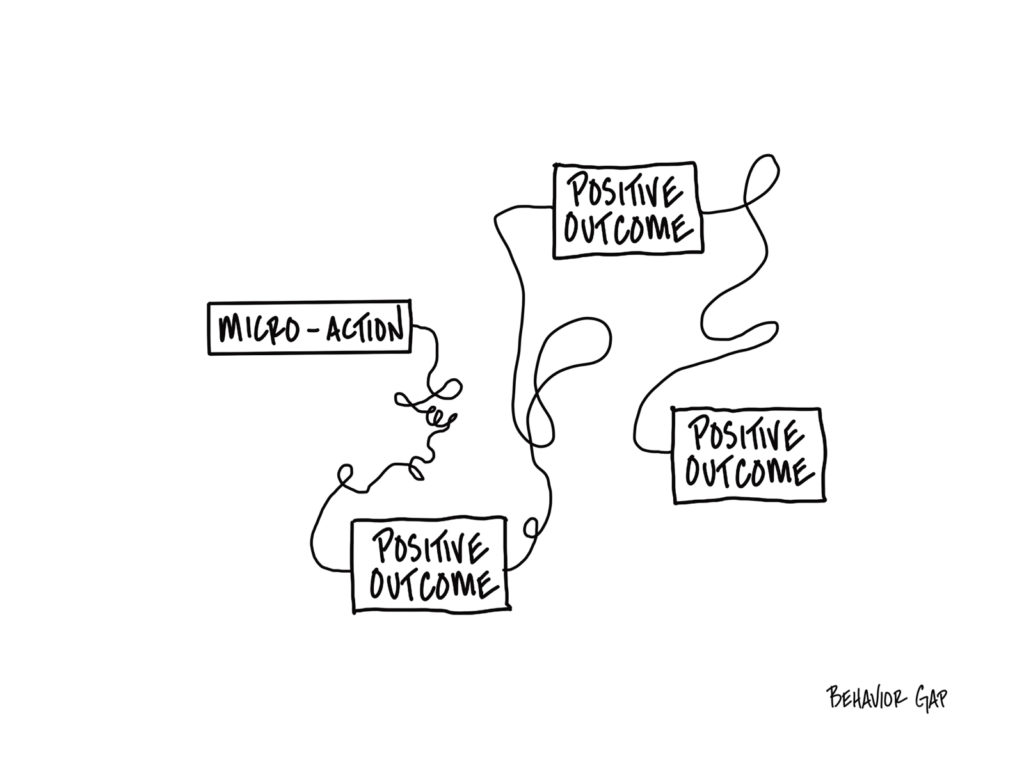Details Are Part of Our Difference
Embracing the Evidence at Anheuser-Busch – Mid 1980s
529 Best Practices
David Booth on How to Choose an Advisor
The One Minute Audio Clip You Need to Hear
Category: Planning
529 Best Practices

If you have children, you have likely added the number, “529” to the list of ubiquitous IRS regulation codes that you know. You might even randomly discuss this IRS code with other parents while watching youth soccer games. While most of the articles on 529s focus on how and where to open accounts, little attention is given to optimizing, accessing, and using the funds. We want to remedy this by sharing some key considerations:
Which Educational Expenses Can be Paid From Your 529?
529 funds can only be used for “qualified” educational expenses. If your student is attending K-12 secondary school, account owners are permitted to use up to $10,000 per year for tuition only. However, once your student heads off to college, the list of qualified expenses expand significantly, including tuition/fees, housing, meal plans, and technology. If your student is fortunate enough to earn scholarships, that can help the funds in your 529 go even further.
What Are “Non-Qualified” Costs?
It’s important to note that many college costs are non-qualified, meaning the account owner cannot use 529 funds to satisfy those expenses. The following are some non-qualified expenses include:
- College application and testing fees
- Travel and transportation costs
- Extracurricular costs like fraternity and sorority dues
- Everyday living expenses
How to Withdraw and Use the 529 Funds
Since it is the account owner’s responsibility to prove that 529 withdrawals are used only for qualified expenses, proper record-keeping is critical. For those larger items such as tuition/fees, housing, and meal plans, it is usually possible to direct your 529 plan to remit payment directly to the school’s finance department which ensures a clean record of withdrawal and usage. If the account owner withdraws funds to the beneficiary (your student), maintain pristine records, such as receipts, for purchases so that there is an audit trail.
Importantly, the academic calendar is different than the annual calendar. Funds withdrawn in one calendar year should be used in that calendar year. Be sure to understand each school’s financial deadlines and plan accordingly. In all cases, make sure the fund manager has at least 10 business days to process a withdrawal request.
Finally, some students have 529 accounts that are owned by their grandparents. If the student is applying for or has accepted financial aid, there are strategies to minimize or eliminate the potential negative impact of withdrawals from the grandparent-owned account.
What if You Need More Funds or Run Out?
One of the great features of 529 accounts is you can roll over funds between the accounts of all your children. If you have three children and three funds, you can rest easy that even if you fund them equally, you can address the fact that all three will have different college expenses. Or, if one student ends up not needing any of their funds, you can change the beneficiary to one of their siblings. If you are in the enviable position that there is money left over, then you have a start on graduate school or an initial contribution for their future children.
Conclusion: When the Time Comes, Learn the Withdrawal Rules
Keeping up with all the college bills can be a challenge. If you take the time to learn the withdrawal rules and processes for your 529 plan before your student heads off to school, you can eliminate the headaches that can be part of paying for all the expenses related to sending your kid to college. You’ll have peace of mind as well as the time to enjoy your student’s new adventure and future successes. As always, you can reach out to our team with any questions.
Three Timely Tax Tips

Around this time of year, taxes are near the top of just about everyone’s to-do list. At Hill Investment Group, we think about taxes every day of the year, working to maximize our clients’ after-tax returns. That means we not only try to maximize the returns in our clients’ portfolios but also limit the amount of money they have to pay in taxes.
Some of you may have already filed your taxes, and good for you. For those that have not already filed, below we share a few tips you can use to hopefully reduce the amount you send to Uncle Sam for 2021.
Contribute to your IRA: Saving in a traditional IRA is one of the simplest ways to reduce taxes. You can contribute up to $7,000 to a traditional IRA (if you are over age 50) and count it as a 2021 contribution to potentially reduce your income.
Contribute to a Health Savings Account: If you are covered under a high-deductible healthcare plan, a family can contribute up to $8,200 (if the owner is over age 55) to a Health Savings Account (HSA) and count it as a 2021 contribution. This is an often-missed opportunity. We were told by one CPA that if you can only contribute to your HSA or 401(k), they would pick the HSA for the tax benefits – quite an endorsement.
Charitable Contributions: Married couples can deduct up to $600 of cash charitable contributions even if they take the standard deduction. So, although you may not have other deductions, be sure to keep track of those cash gifts you made in 2021.
As with all tax planning, we recommend you connect with your accountant or CPA to get more information on your specific situation.
Image of the Month

When tackling big, audacious goals, you don’t need big, audacious actions. All you need is the contagious magic of micro-actions.
Let me give you an example.
When I travel, I often don’t feel like exercising, even though I know I’ll feel way better if I
do. So, in the morning, I don’t commit to a program to lose 12 pounds in twelve days or promise myself to run for 40 minutes. I just put on my gym clothes.
That’s it.
And then, since my gym clothes are on, I almost always decide to just walk to the gym and take a look.
What happens next is what almost always happens when I step into a gym: I see the bikes and think, “I bet it will feel good to get on one of those for a few minutes.” So I do.
And other exercises naturally follow that.
After I exercise, I think, “Man, it would feel great to stretch,” so I do that, too. And then, since I’m on a roll, I decide to eat a healthy breakfast instead of sugary garbage. Later at work, I’m extra productive since my body feels great.
See what I mean about contagious?
There’s a reason 80% of New Year’s Resolutions fail. The problem isn’t the goals, it’s the way we go about trying to tackle them. We try to go big and burn out, forgetting that “slow and steady wins the race.”
The magic here is in breaking down big, hard, sometimes even scary goals into attainable pieces. Find something small and attainable you can do, start there, and let the contagious magic of micro-actions do the rest.

